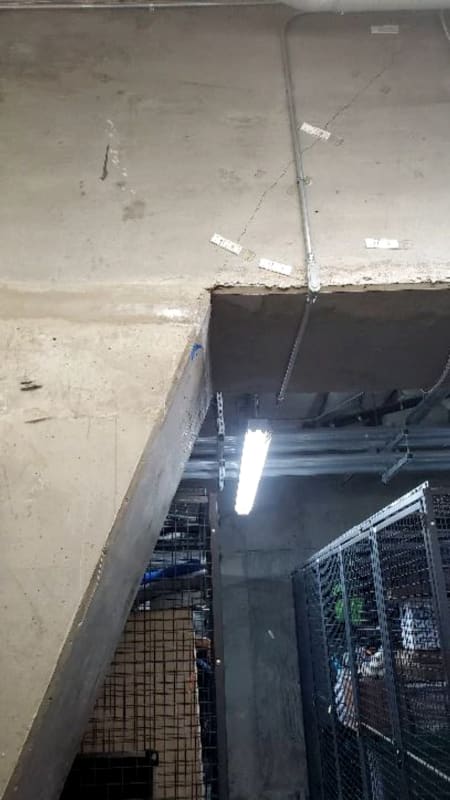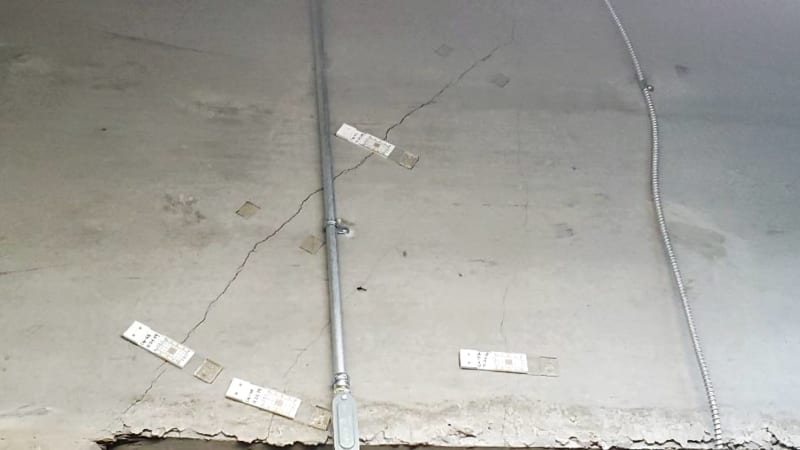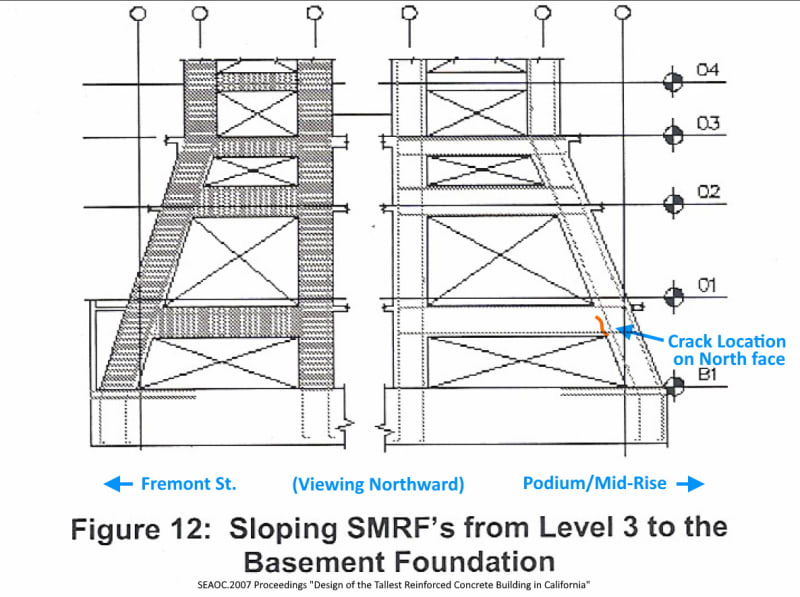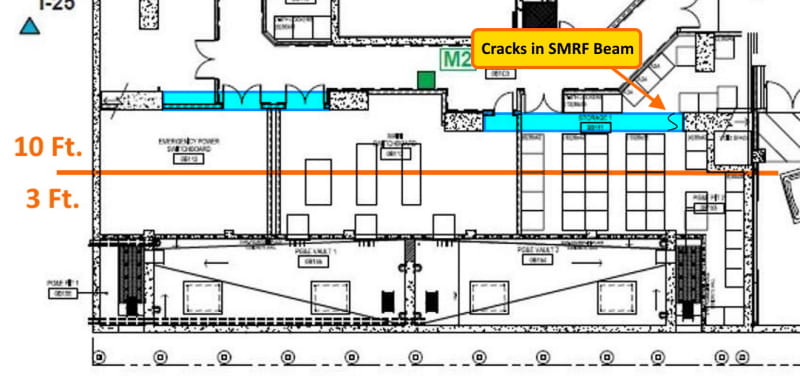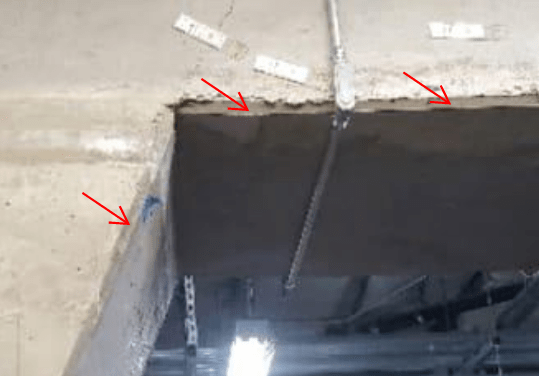dik
Structural
- Apr 13, 2001
- 26,012
thread815-412357
thread815-470048
Rather than think climate change and the corona virus as science, think of it as the wrath of God. Feel any better?
-Dik
thread815-470048
Rather than think climate change and the corona virus as science, think of it as the wrath of God. Feel any better?
-Dik

![[ponder] [ponder] [ponder]](/data/assets/smilies/ponder.gif)
